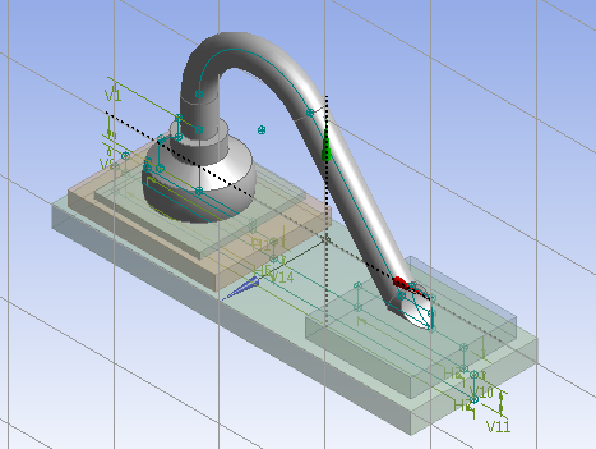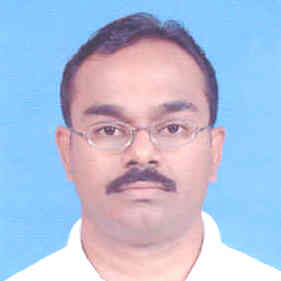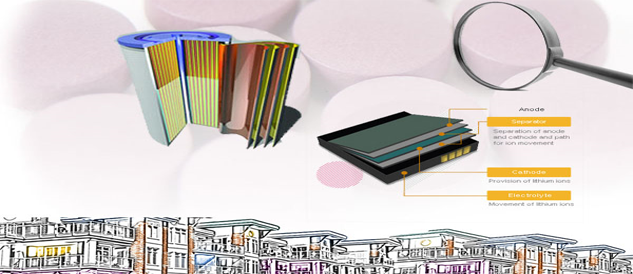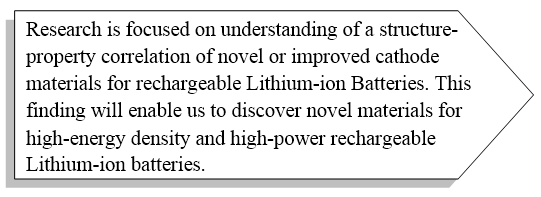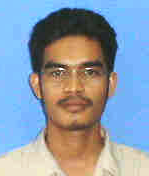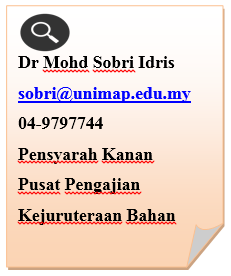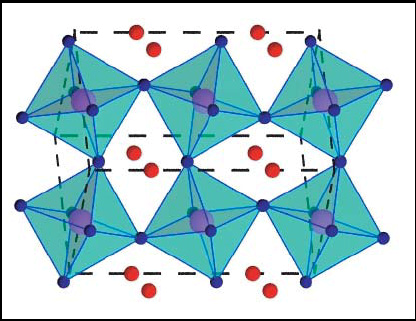- Written by Mohd Afif Md Jamel Khir
- Category: RESEARCH
A Study and Analysis Of Semiconductor Packaging Elements in Electronic Devices
|
Title of Research
|
A Study and Analysis Of Semiconductor Packaging Elements in Electronic Devices. |
|
Name of Lead Researcher |
Vithyacharan Retnasamy (R.Charan) |
|
Contact info of Researcher |
This email address is being protected from spambots. You need JavaScript enabled to view it."> |
|
Abstract in 250-300 words
|
Electronic industry and its services has been an important element in this world’s economy road map. Products from electronic industry have influenced human lifestyle and without it humans will be helpless. These products are in every home, offices, schools, hospitals, cars and in all imagine-able items. Production of these devices needs manufacturing sites, Malaysia has many such sites which produces electronic devices. Listing of just a few well known electronic manufacturing sites in Malaysia are from Intel, Infineon, AMD, Seagate, Osram, Motorola, Honeywell, BBraun and Agilent. In every electronic device or system, Semiconductor Packaging is present, it is the technology which assembles the very device or system. It has many elements of technology such as adhesion, metal connection, thermal management, surface texture and many more. Thermal management for an example will be a study on heat dissipation on electronic devices. The work done in this area will help better understanding on heat dynamics and give inputs for better cooler electronic devices, such as lesser heat on hand-phone devices. The work done here in UniMAP, are mainly on the interconnection technology, thermal management and Computer Modelling & Simulation (CMS) on joints, new materials, heat dissipation, stress and other related studies. The outputs derived from these studies will benefit greatly the current electronic industry in Malaysia and also be a substantiate support to bring in more similar based investment here. In the same direction higher learning institution will have more exposure on latest industrial technology which will indirectly benefit the students. |
|
Summary of Abstract
|
Semiconductor Packaging revolves around many industries ranging from consumer, automobile, biomedical, aviation, sensors, thermal and many more electronic based elements. The work done here in UniMAP, are mainly on the interconnection technology, thermal management and Computer Modelling & Simulation (CMS) on joints, new materials, heat dissipation, stress and other related studies. |
|
Keywords
|
Electronic Industry, Semiconductor Packaging, Interconnection Technology, Thermal Management, Computer Modelling & Simulation (CMS) |


